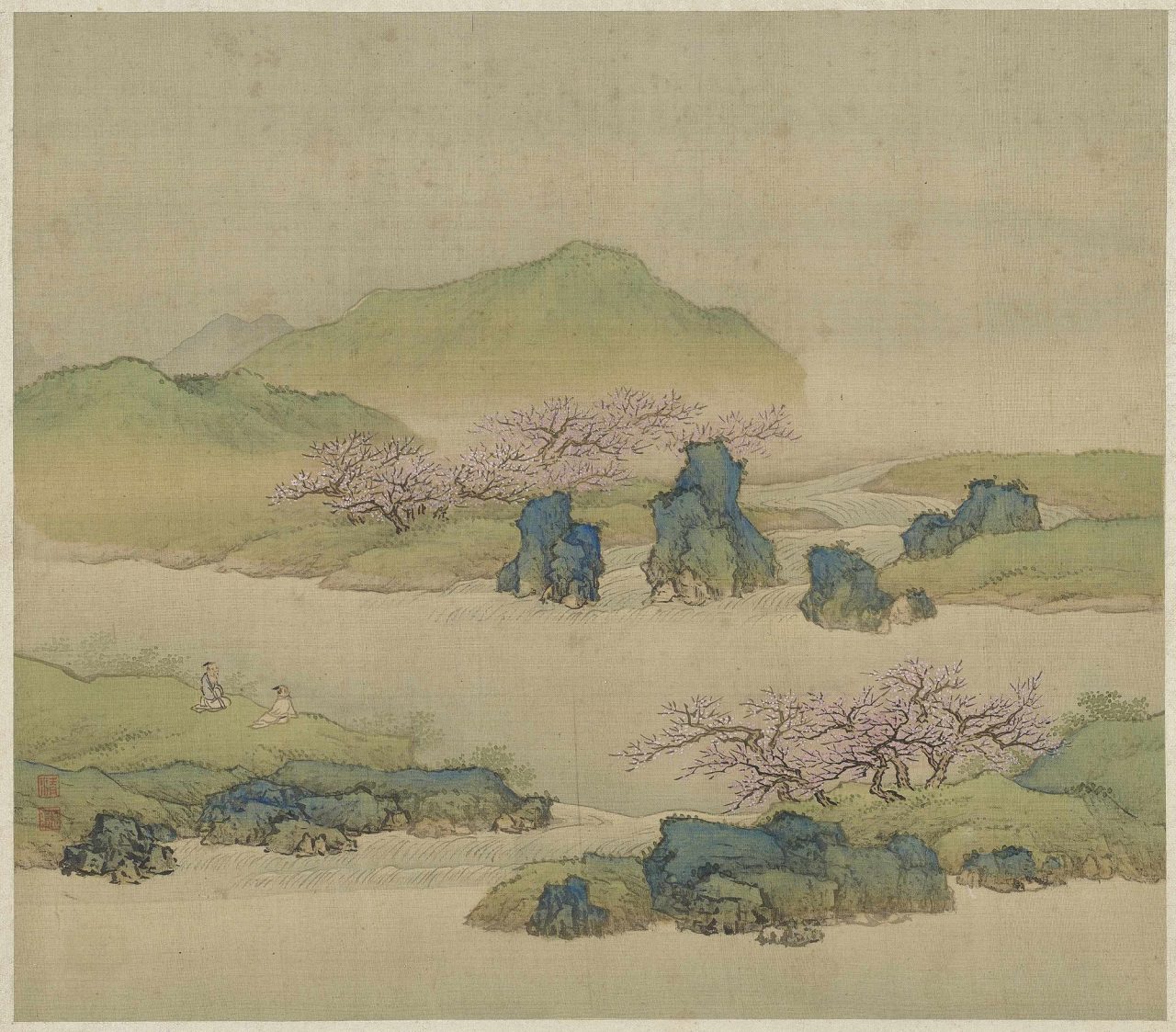In the Manner of ... Inspiration, Study and Artistic Lineage
04.03.2023 until 29.08.2023
{{ time.start_TS | TS2dateFormat('MMM') }}
{{ time.start_TS | TS2dateFormat('YYYY') }}
| Free Admission |
| Asia, 3rd floor |
In East Asia, painters often create works “after” or “in the manner of” an earlier master and mention this in their inscriptions. This does not mean that they wanted to make a copy or fake of an existing older masterpiece. Rather, the artists want to acknowledge their sources of inspiration or their artistic lineage, and to pay homage to these older masters. Artists from the Song dynasty (960–1279) and the Four Masters of the Yuan dynasty (1271–1368) – Huang Gongwang (1269–1354), Wu Zhen (1280–1354), Ni Zan (1301/1306–1374) and Wang Meng (1308–1385) – were particularly common sources of inspiration. In many cases, the relation is apparent only in a single element or detail. By creatively modifying parts of the composition or applying different colours, the artists make the works their own.
This thematic exhibition of the Museum für Asiatische Kunst, Staatliche Museen zu Berlin was curated by Birgitta Augustin and is part of the permanent exhibition Ethnological Collections and Asian Art in the Humboldt Forum.
Room 319 and 320
